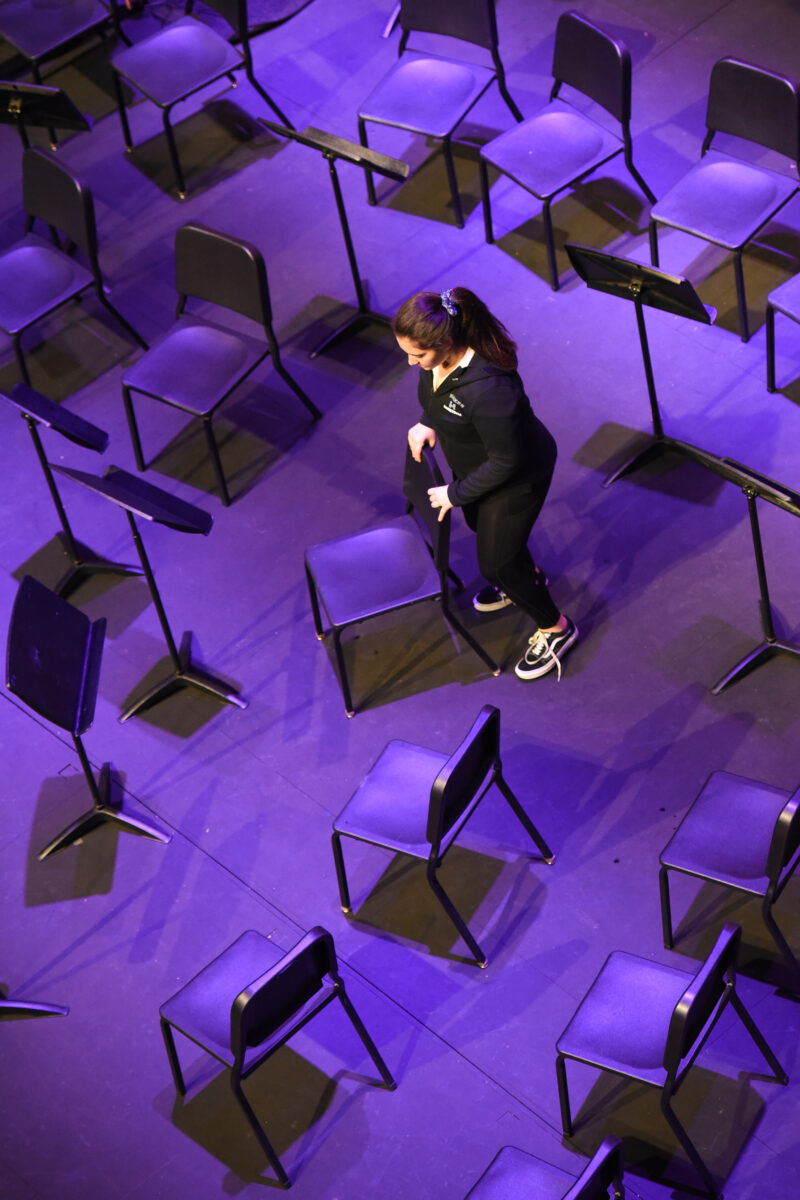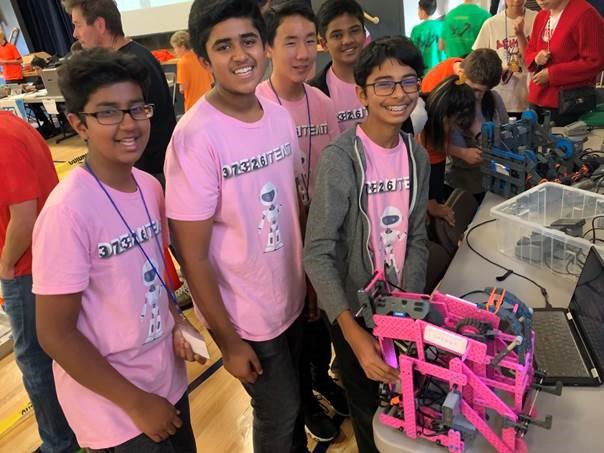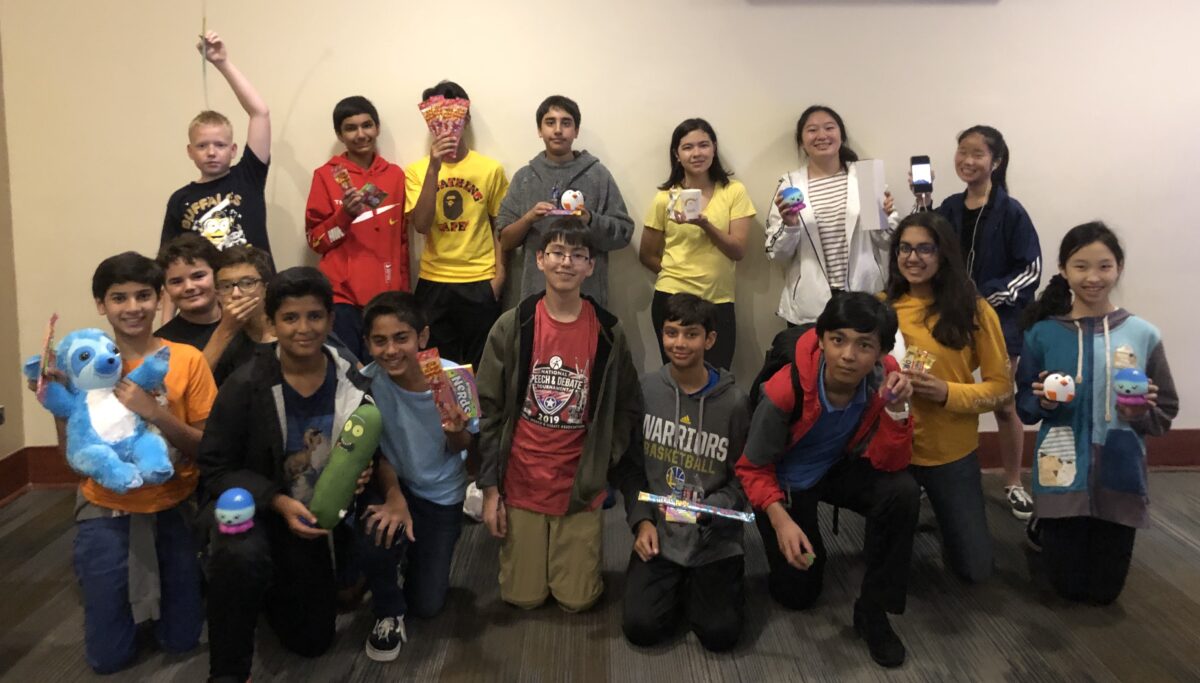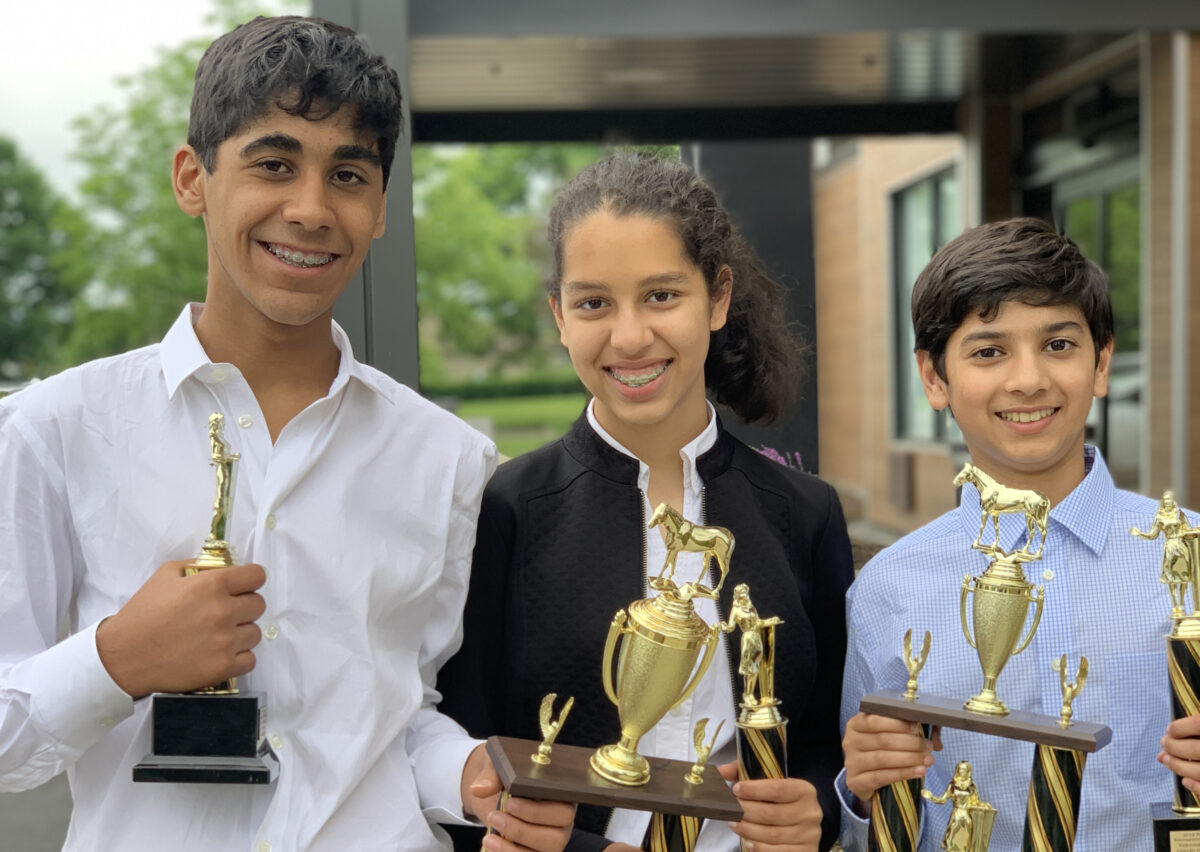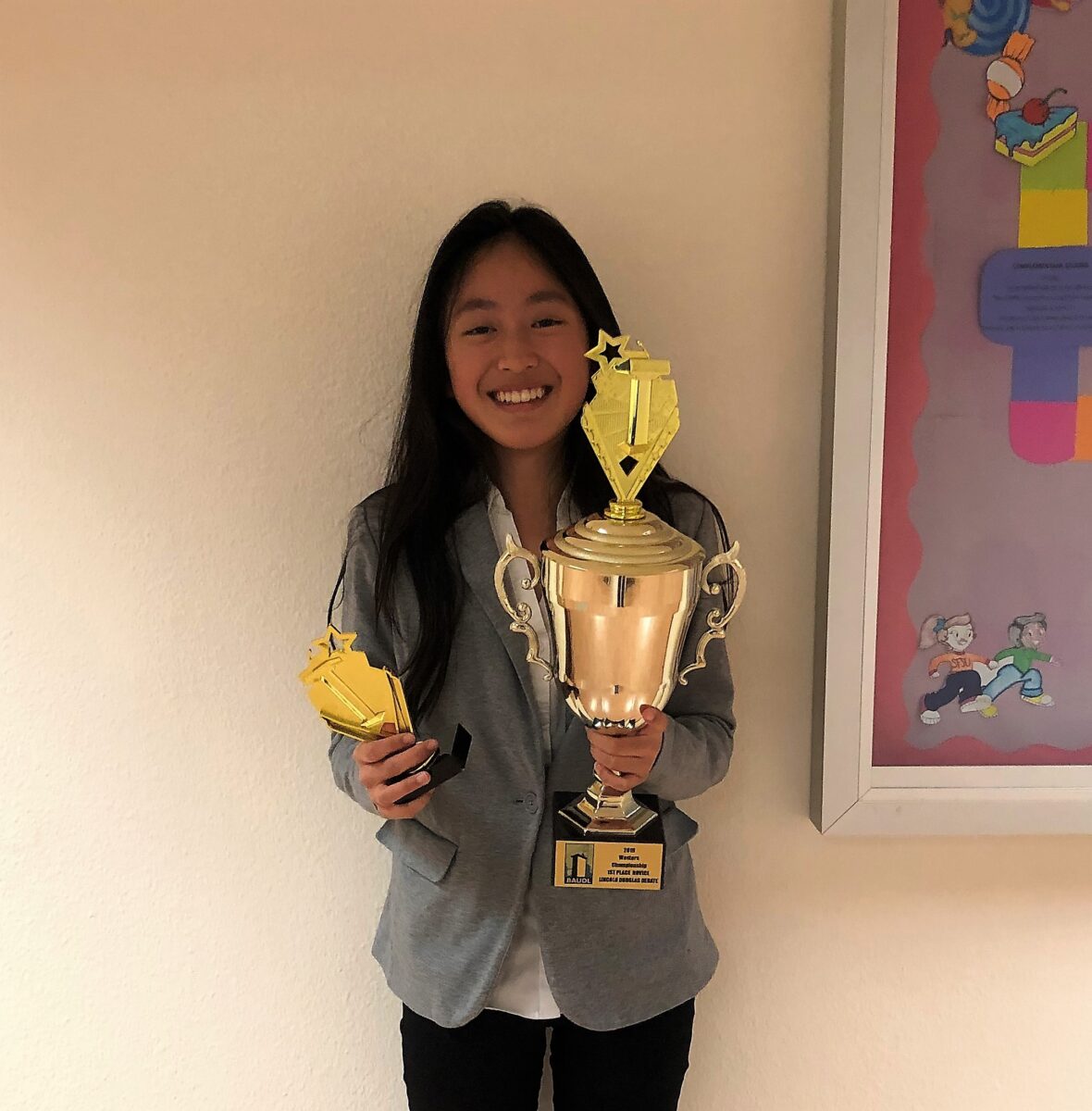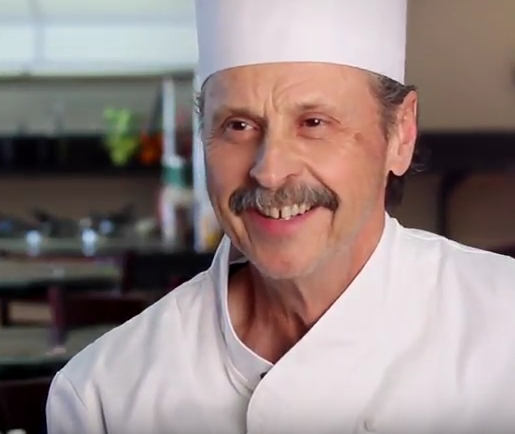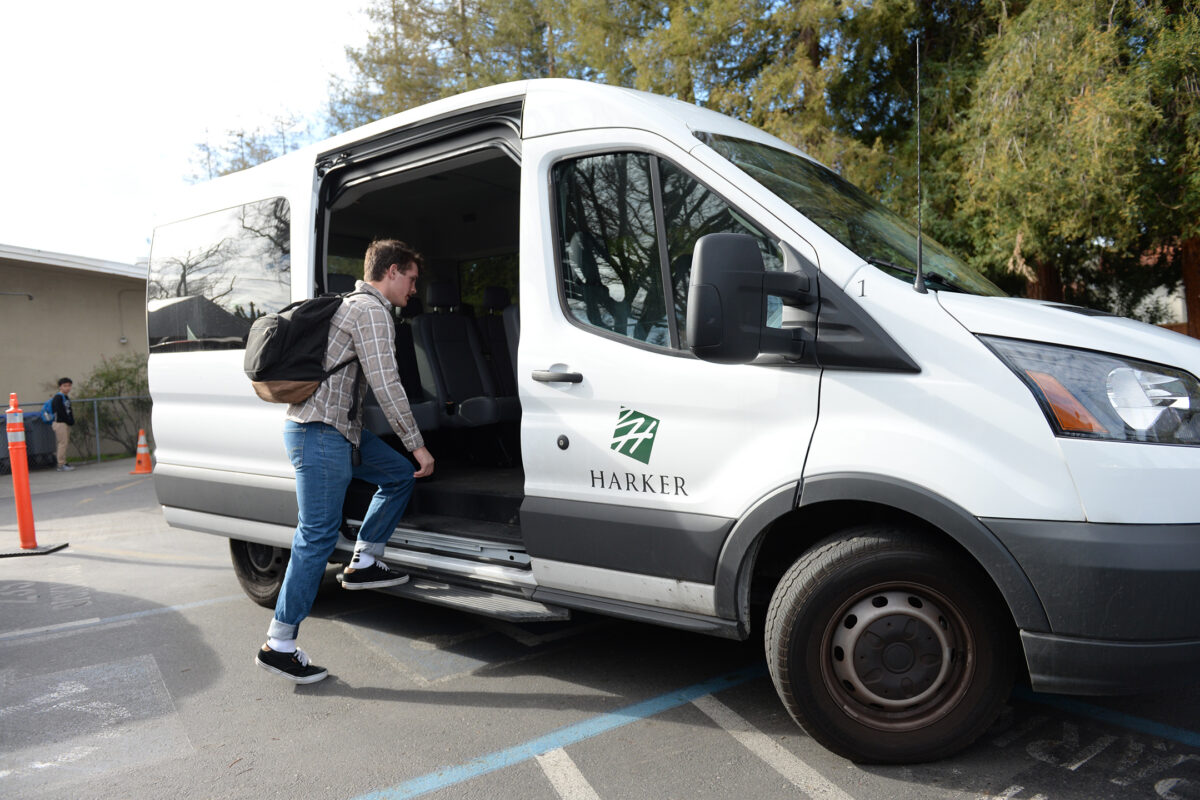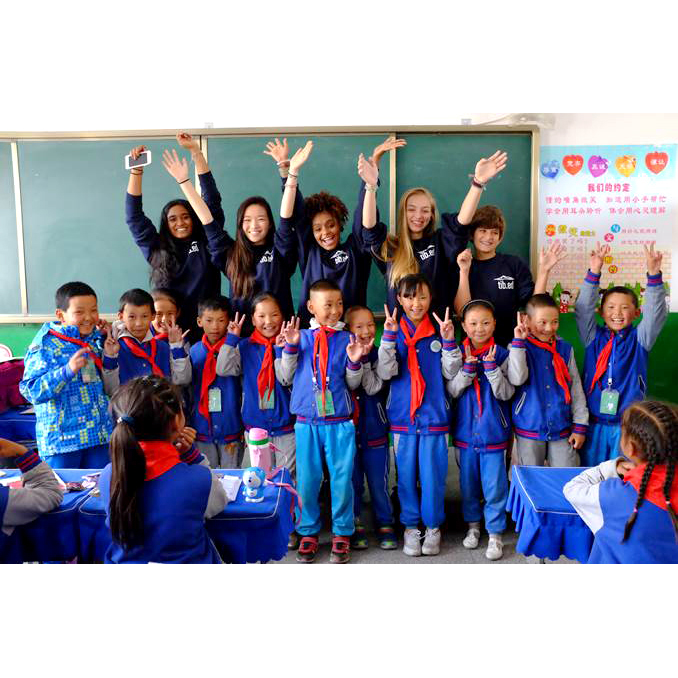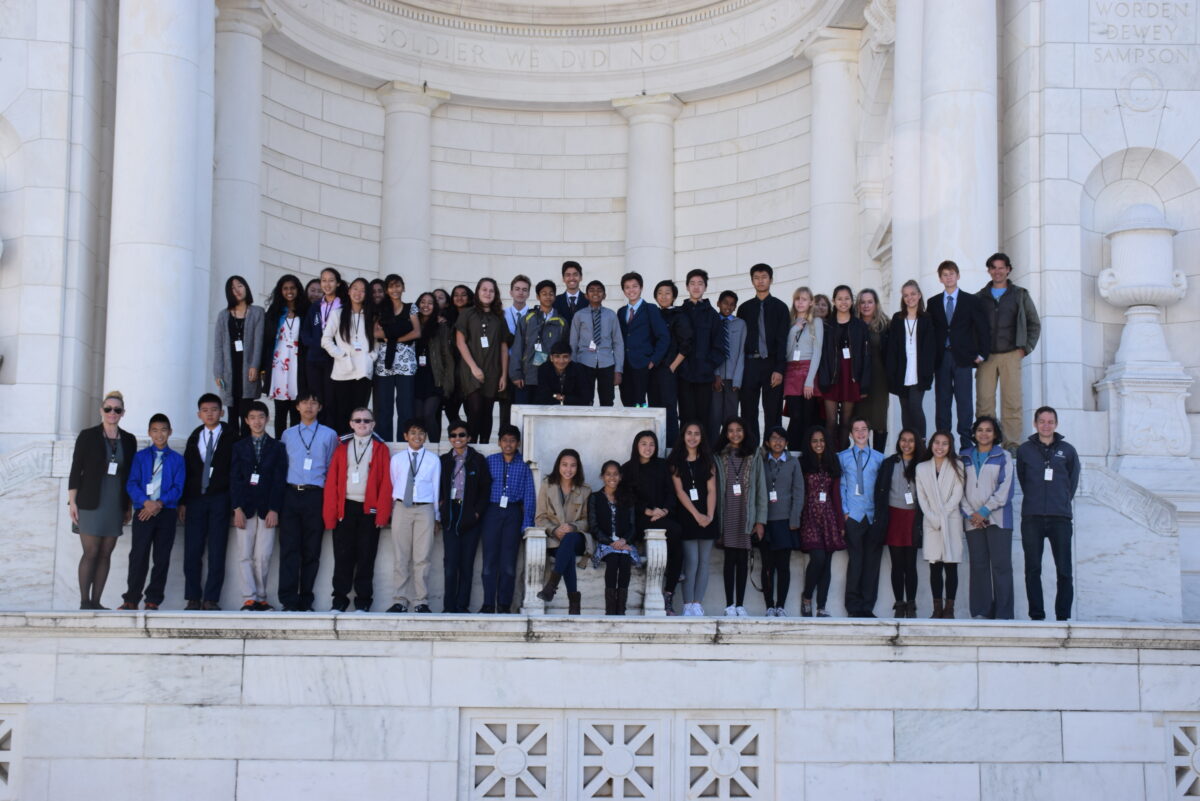As a discipline, technical theater comprises a massive range of theatrical aspects essential for a successful show. Read all about Harker’s tech theater program in this Harker Magazine article.
Student Life Middle School
Middle school robotics team wins highest honor at local competition
In early December, eighth graders Ashwin Kuppahally, Adrian Liu, Vivek Nayyar, Kabir Ramzan and Om Tandon competed the VEX IQ Challenge robotics tournament in…
Middle and upper school speech and debate teams get set for new season at annual retreat
The middle school and upper school speech and debate teams held their annual retreat Aug. 23-25 in Milpitas. Seventy students attended the retreat and…
Middle school speech and debate team overwhelms at Tournament of Champions
The middle school speech and debate team had an outstanding weekend at the Middle School Tournament of Champions hosted by the University of Kentucky on May 11-12.
JV speech and debate team, including some middle schoolers, sets record in championship event
The Harker speech and debate team had excellent results in all four divisions it entered at the Western JV and Novice National Championship.
Grade 7 basks in nature during annual national parks trip
Grade 7 students spent last week visiting America’s scenic and historic national parks, viewing their many natural wonders.
Harker kitchens get some love from 100 Mile Meals
100 Mile Meals – a company that helps those who grow, prepare and deliver food reach a wider audience – has created a video…
Bus service to and from Caltrain to start in fall
Starting this fall Harker will expand its student bus service to include picking up and dropping off middle and upper school students at the…
Student group visits Tibet for cultural exchange
By Donna Boucher, grade 10 This past July, students Mahi Gurram, Connie Xu, Donna Boucher, Lilly Anderson, all grade 10, and Sam Boucher, grade…
Grade 8 explores the nation’s capital and surrounding landmarks
Grade 8 students spent the week of Oct. 24-28 traveling through the Washington, D.C., area, getting an up-close look at many of the United…
